Protein is often seen as the golden child of macronutrients, and has, for the most part, escaped the rocky reputations fat and especially carbohydrates have received in the last few decades. But all protein isn’t created equal. Here, a registered dietitian ranks the top healthy proteins.
Indeed, eating enough protein is important for building and repairing muscle tissues and making enzymes and hormones that regulate metabolism. But not all protein is created equal. Quality protein should have a high bioavailability, meaning your body can absorb and utilize it efficiently, and it should contain other important nutrients like fiber, healthy fats, vitamins, minerals and antioxidants. Quality protein can come from plant and animal sources, and getting a variety of both makes for a balanced, plant-forward diet.
Below is a list of the top 10 protein sources to include in your regular meal or snack rotation:
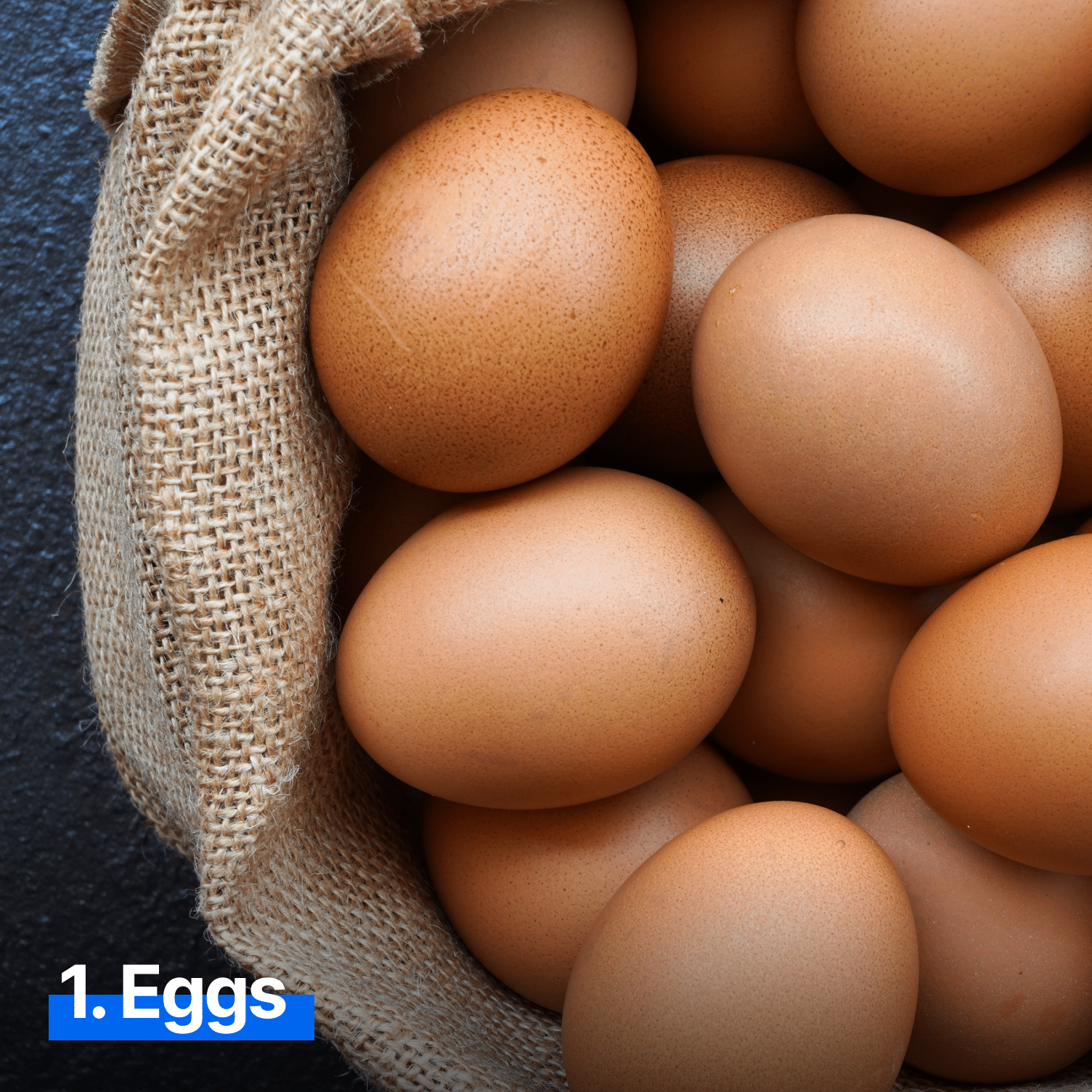
Eggs are a superstar in the protein category containing about 7 grams of high-quality protein per egg. They have the highest biological value of all protein sources, meaning the body can metabolize and use this protein quickly and efficiently. Eggs are also a good source of carotenoids (a powerful antioxidant), choline (to support heart health and metabolism) and iron (which helps transport oxygen throughout the body). They’re also extremely versatile, budget-friendly and delicious in omelets, on top of avocado toast or hard-boiled for a quick on-the-go snack.
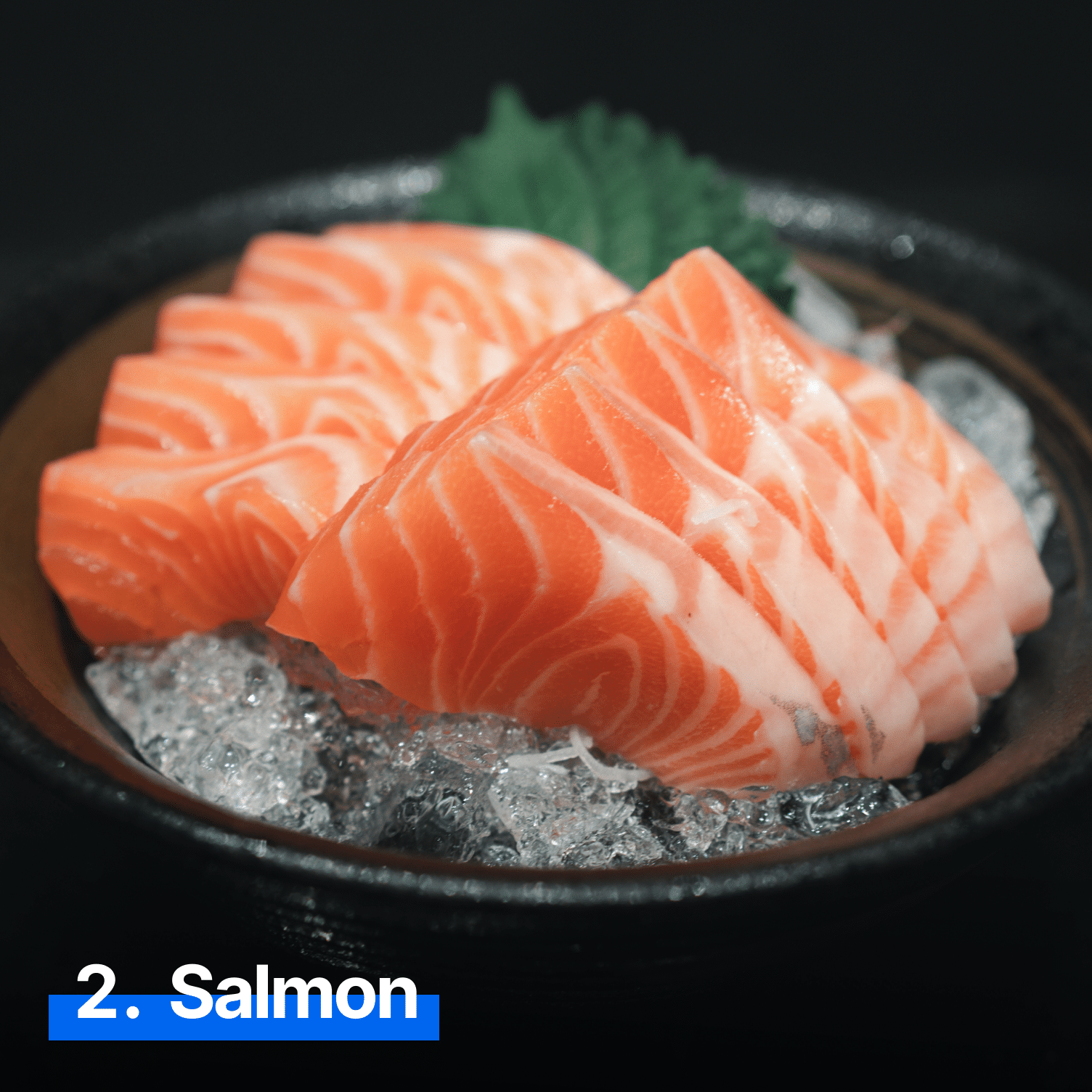
Not only is salmon a rich protein source with high bioavailability, but it’s also an excellent source of anti-inflammatory, brain health-boosting omega-3 fatty acids, which helps boost its rank toward the top of this list. Three ounces of salmon contains about 17 grams of protein. Aim for wild salmon whenever possible (as it’s higher in minerals like potassium, zinc and iron compared to farmed varieties). You can bake it in the oven with veggies for an easy one-pan dish, add it to a Greek salad, stuff it in avocados or use it in sushi or sashimi. Canned salmon can also be a budget-friendly option, just make sure to check the sodium levels.

Because it’s strained to remove some of the whey regular yogurt has, Greek yogurt contains about twice the protein (20 grams per cup versus 10 grams), making it an excellent option for those looking to up their protein intake. Less whey also means less lactose, so Greek yogurt may be better tolerated by those who are lactose intolerant. It’s also a great source of the branched-chain amino acid leucine, which plays a key role in muscle protein synthesis and reducing muscle breakdown after exercise. Enjoy a cup of Greek yogurt with fruit, add it to smoothies and baked goods, use it instead of mayo in chicken or tuna salad and in place of sour cream to top chili.
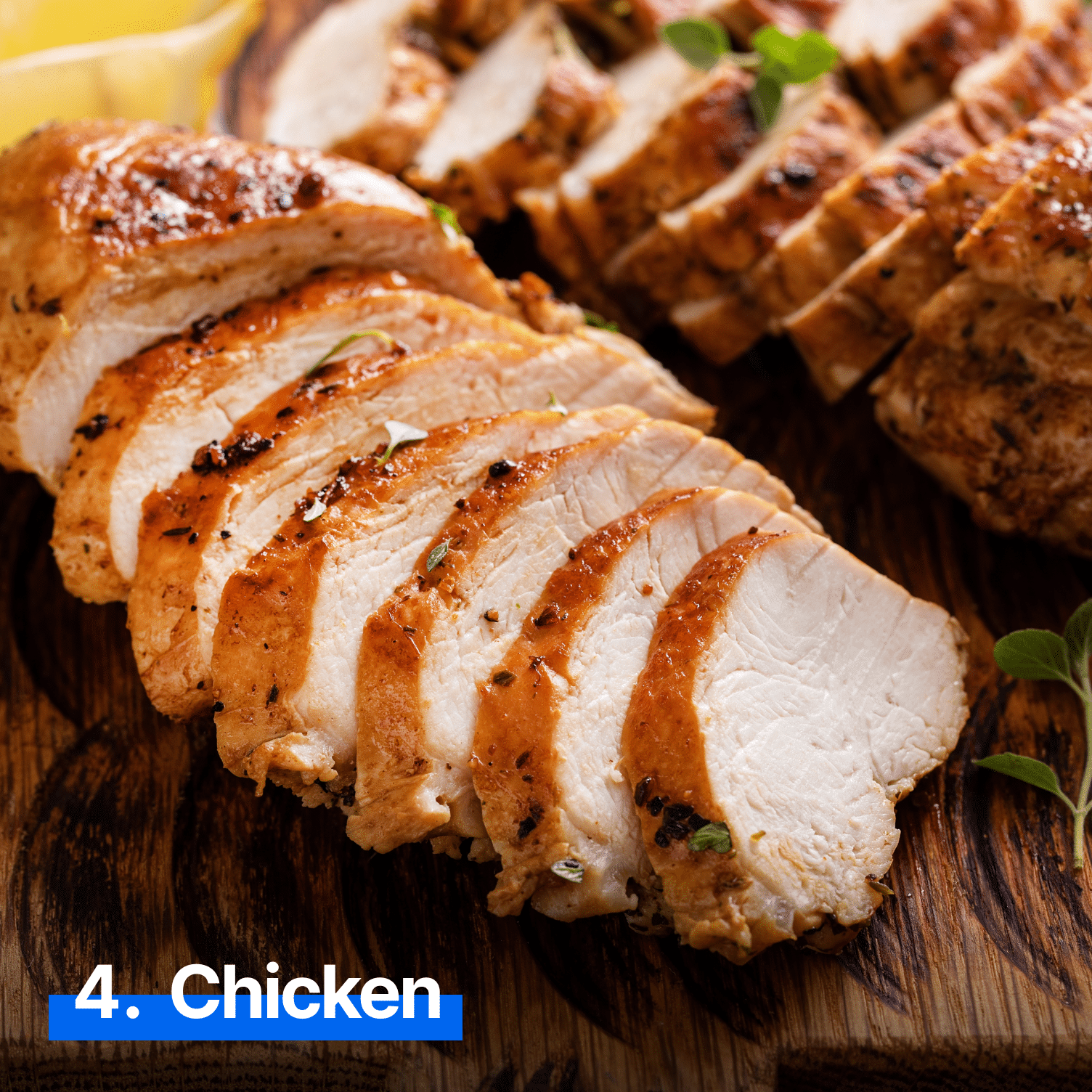
Buying a whole chicken is one of the most budget-friendly options since both dark and white meat offer important nutrients. The former contains more iron and zinc, while the latter is higher in B vitamins. A 4-ounce chicken breast contains 35 grams of quality protein (including all nine essential amino acids) and is low in saturated fat. Make a quick weeknight sheet pan dinner with chicken and your favorite veggies and grains, use it in hearty soups and stews or add it to pasta and stir-fries.

Soy, including tofu, is one of the few plants that is a complete protein, meaning it also contains all nine essential amino acids and therefore has a high bioavailability. Tofu has about 20 grams of protein per cup, and it’s also a good plant-based source of calcium and iron. Research shows consuming around 25 grams of soy protein per day may help reduce “bad” LDL cholesterol by about 5%. Replacing some animal products that are higher in saturated fat with a plant-based protein like soy can also be helpful for cholesterol management and overall health. Use it in stir-fries, make air-fryer tofu bowls, or toss it with flavorful marinades for sheet pan meals and curries.

Cottage cheese is the unsung hero of the dairy world. It’s a protein-rich alternative to yogurt with about 25 grams per cup, and it’s also lower in sugar compared to traditional yogurt. The whey protein in cottage cheese has a high biological value and is easily absorbed by the body. Cottage cheese is delicious topped with fruit for a snack, used in soufflé or as a substitute for ricotta cheese in dishes like lasagna.
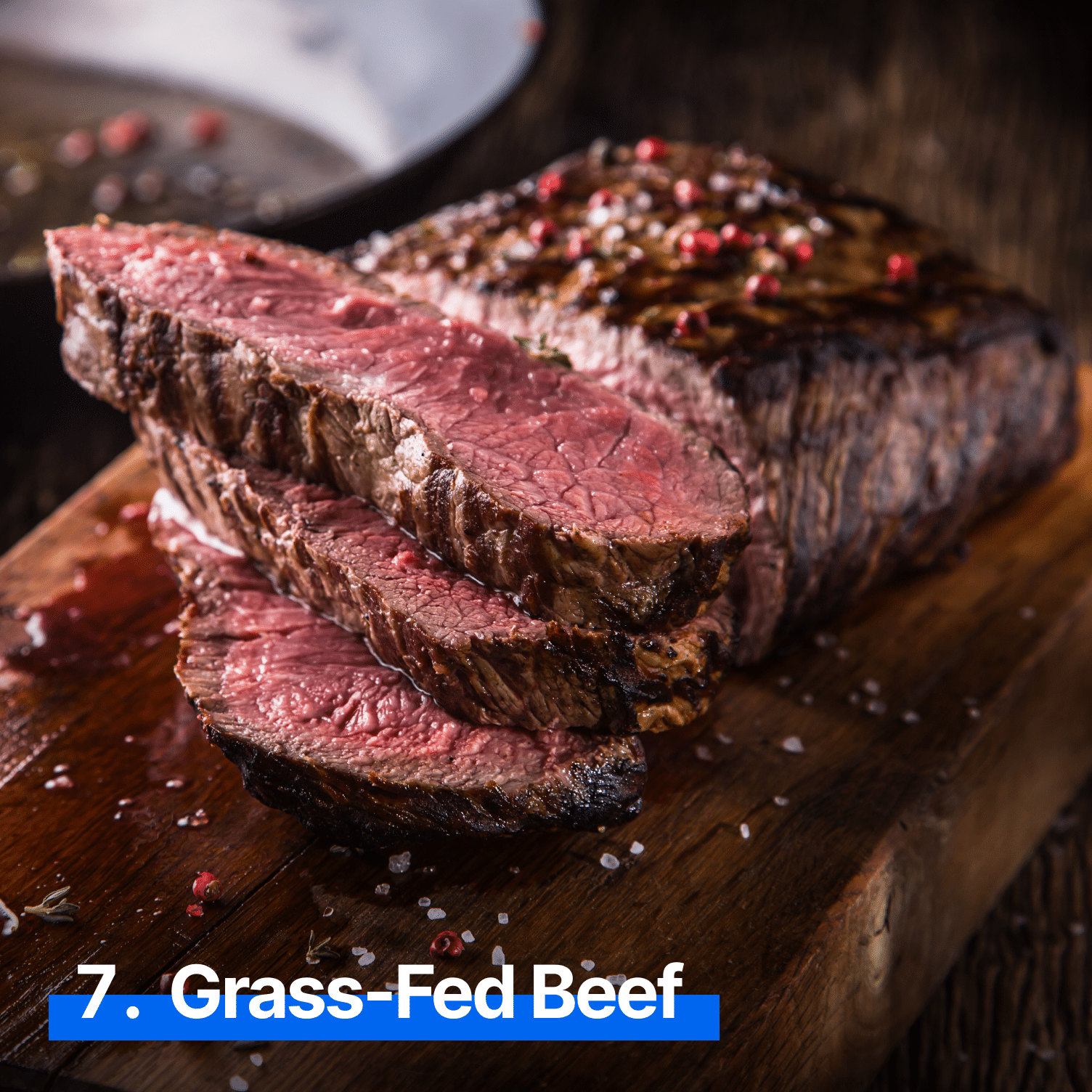
Limiting red meat as a whole in the diet is often recommended for lower levels of inflammation and better heart health. However, quality grass-fed beef (which is higher in omega-3’s and vitamins A and E compared to traditional beef) can be a nutrient-dense, occasional meal component. Three ounces contains around 20 grams of protein. Beef is an excellent source of iron and can help prevent anemia in those at risk, including women of child-bearing age and endurance athletes. Because it contains all nine essential amino acids, beef also has a high bioavailability and can be used quickly by the body. Use it as a filling in stuffed peppers, for mini meatloaves, in chili or meatballs.
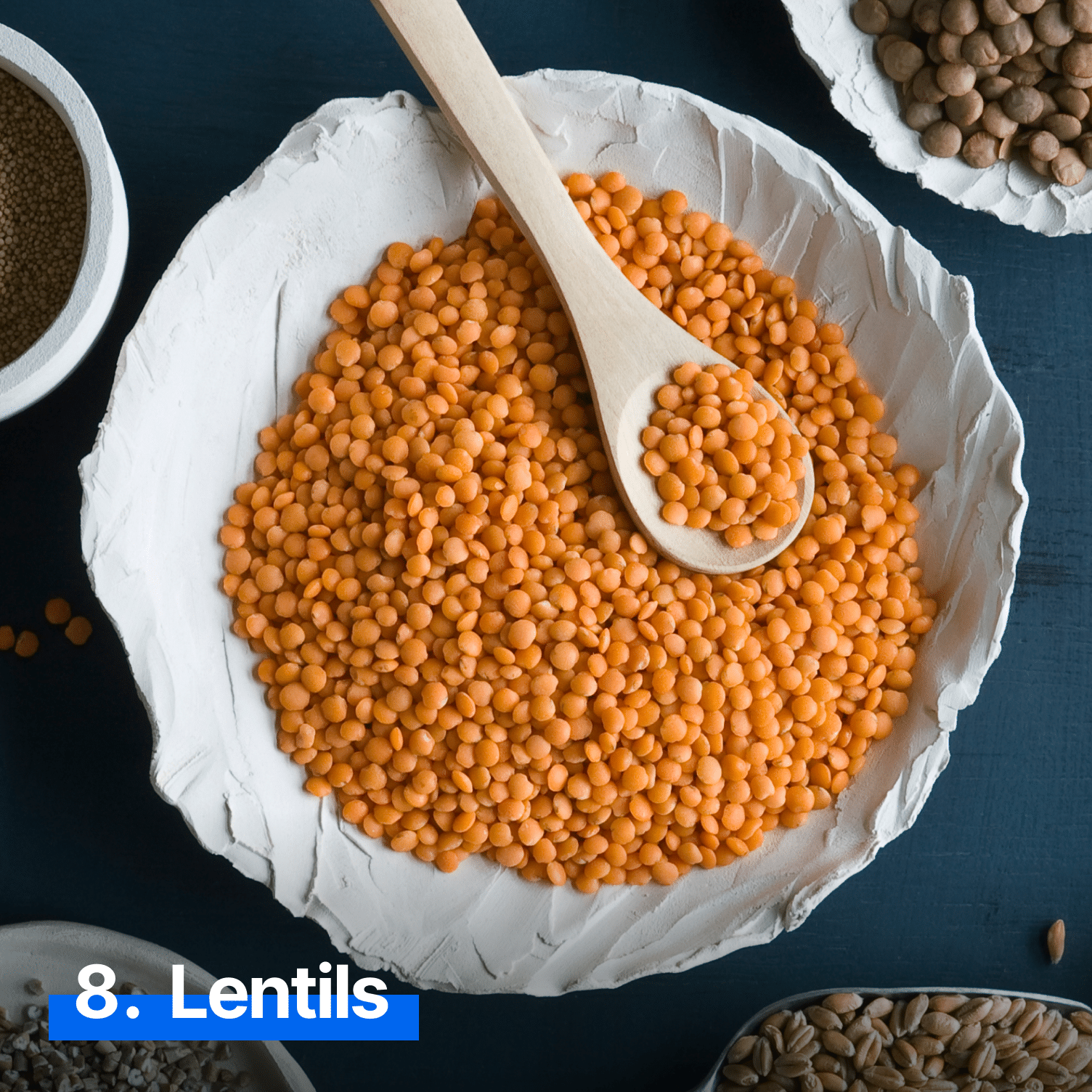
Lentils are a legume that contains almost 20 grams of protein per cup. They’re not a complete protein source (meaning they do not contain all nine essential amino acids), which reduces their ranking here. This can be easily remedied by consuming them with rice or just eating a varied diet throughout the day to provide the body with the missing amino acids. Lentils are a great source of plant-based iron, as well as zinc, B vitamins and gut-friendly fiber. They are delicious in soups, as an ingredient for a plant-based burger, in pasta or tagines.
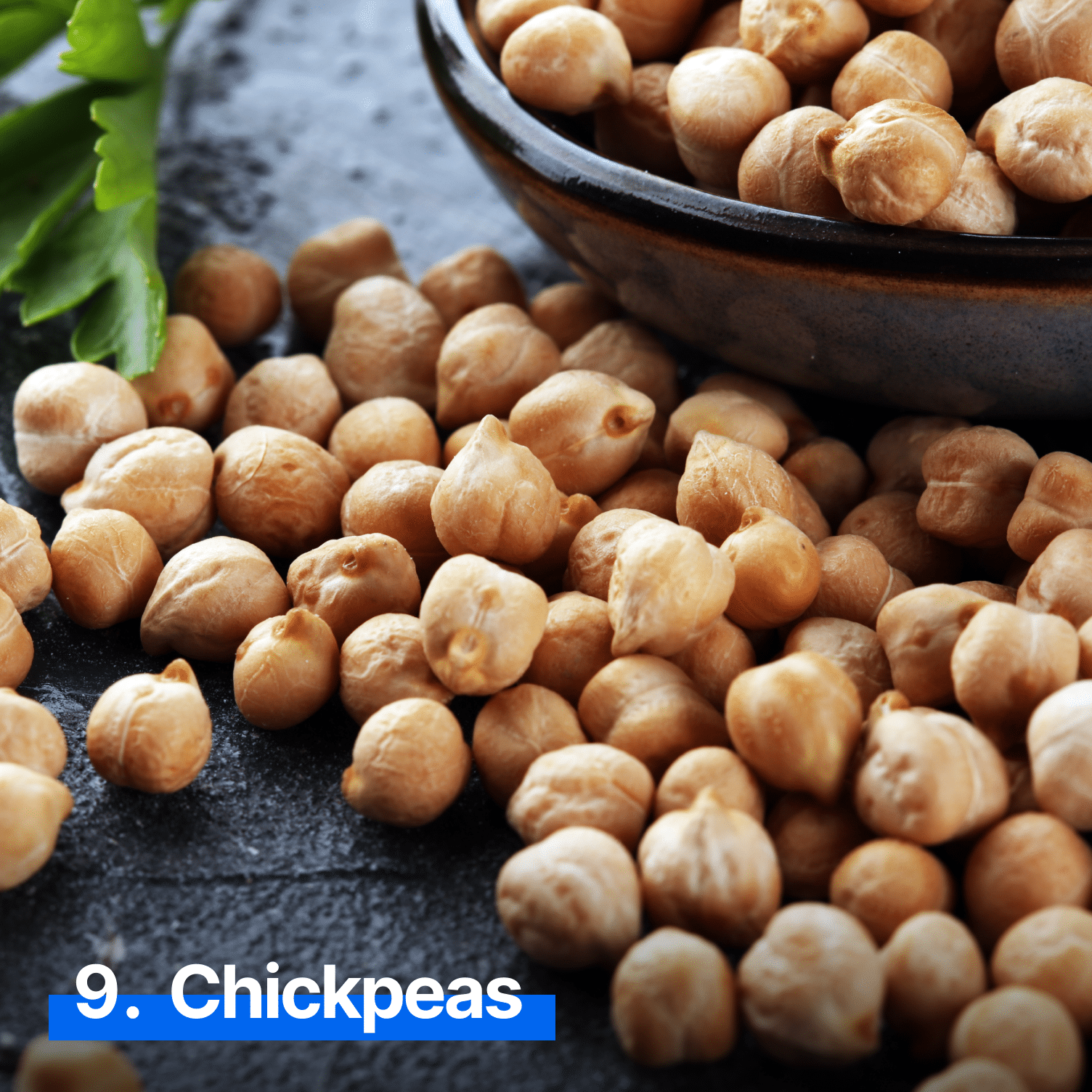
Another legume, chickpeas provides 15 grams of protein per cup cooked. They also provide 12 grams of fiber and are a good source of iron, magnesium and folate. Similar to lentils, chickpeas are missing some of the essential amino acids, but consuming them with a whole grain can make up the difference. Roast chickpeas until they’re crispy for a snack, puree them to make hummus, add them to wraps or use them in vegetarian tikka masala or blondies for dessert.
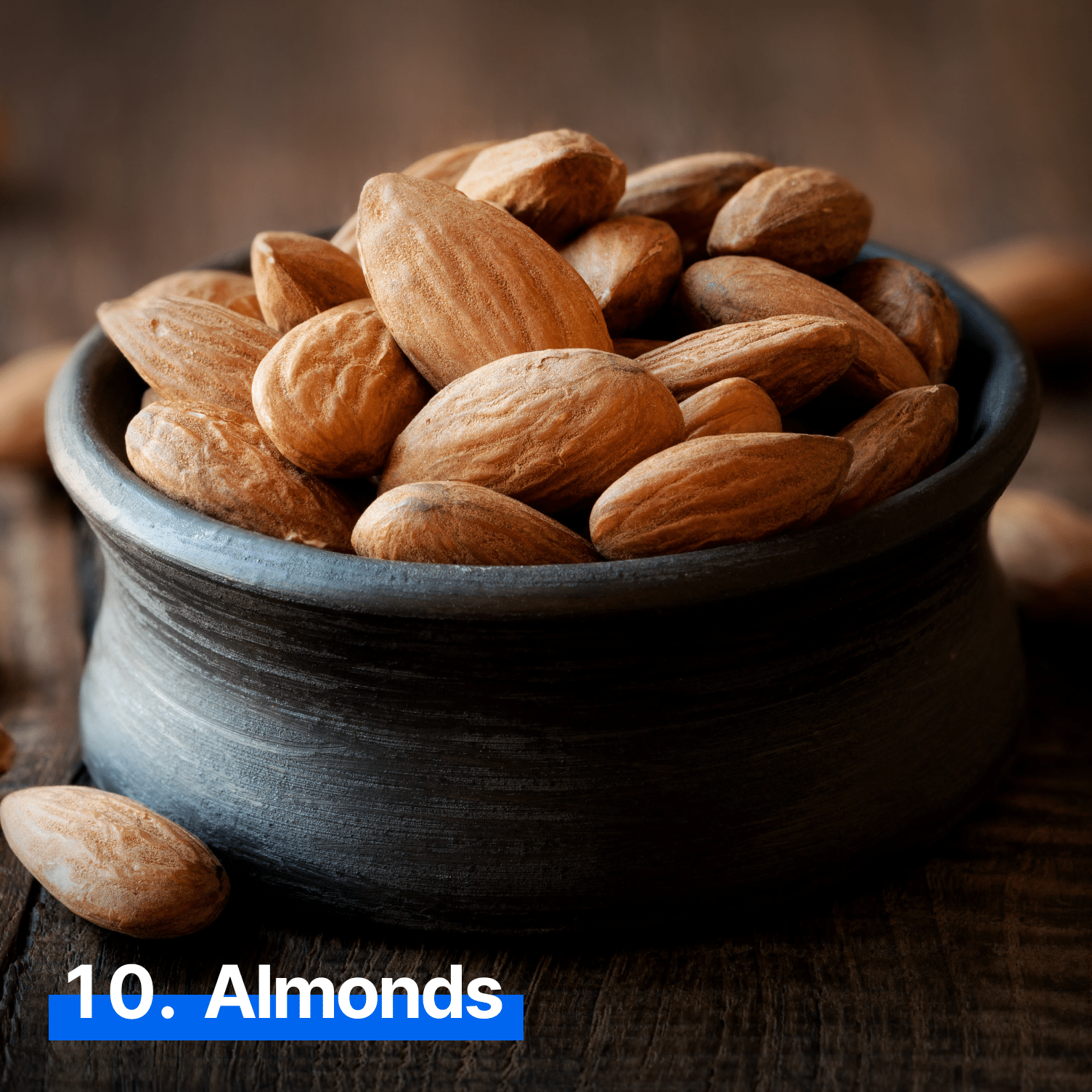
Almonds are one of the healthiest nuts. They have 6 grams of protein per ounce and are an excellent source of healthy, monounsaturated fat and fiber. They also contain a variety of vitamins and minerals such as vitamin E, potassium and magnesium. Almonds are less bioavailable (and can be more expensive) than the higher-ranking proteins here, but they’re still a nutrient-dense addition to meals and snacks. Just remember to keep portion size in mind. Add almonds to oatmeal, parfaits, salads or granola; use them to crust salmon or chicken tenders or in chocolate bark for dessert. You can also make your own almond butter or almond milk.
Originally published March 2021, updated September 2023
Ready to take the next step? Unlock MyFitnessPal Premium to access custom goal settings, quick-log recipes, and guided plans from a registered dietitian. Premium users are 65% more likely to reach their weight loss goals!




